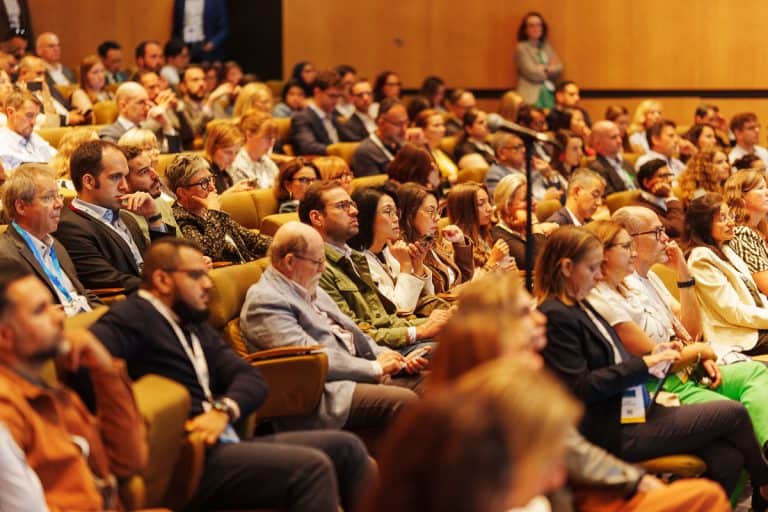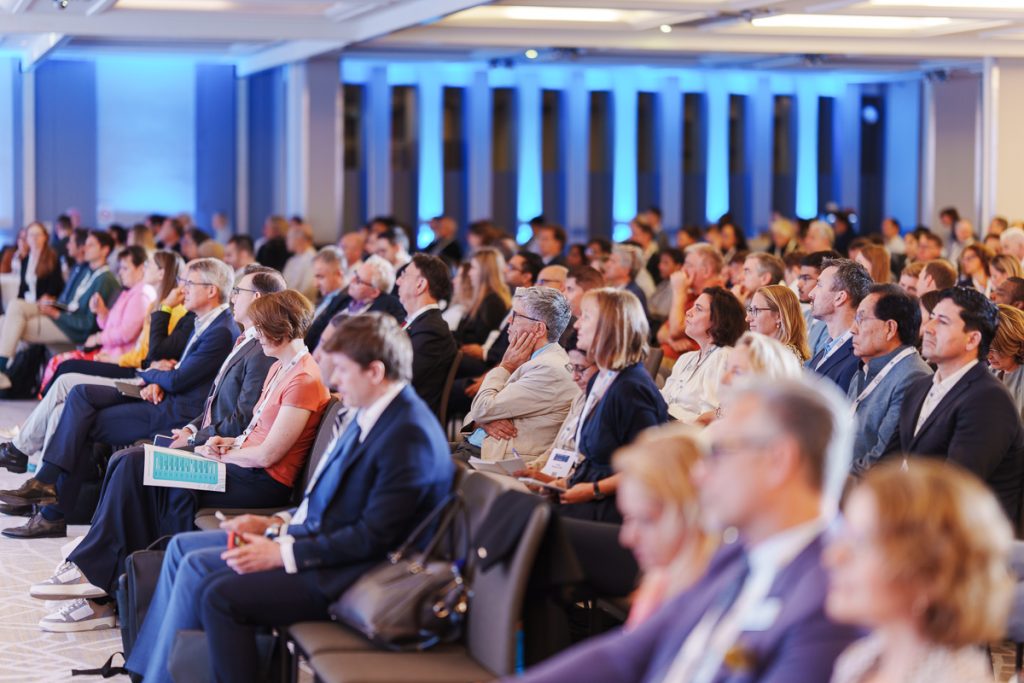A joint symposium of Euretina and the European Society of Cataract and Refractive Surgeons (ESCRS) explored the risk of retinal complications following anterior segment surgeries and strategies for managing these events.
Dr. Marlies Ullrich (Austria) began the session by presenting results from 3 years of follow-up in the ESCRS MYOpic Pseudophaic REtinal Detachment (MYOPRED) study that is assessing the posterior vitreous detachment (PVD) status in myopic eyes before lens surgery, PVD progression at 1 year after lens surgery, and the incidence of retinal detachment (RD) at 3 and 5 years after lens surgery in myopic eyes depending on the preoperative PVD status. She concluded that preoperative PVD status is a useful parameter in estimating RD risk after lens surgery in myopic eyes and suggested considering alternatives to refractive lens exchange, such as phakic IOLs, in high-risk situations.
Dr. Silvia Bopp (Germany) discussed options for managing luxated IOLs in vitrectomised eyes, including approaches for fixating the primary IOL and choices for secondary IOLs. Providing a take-home message, Dr. Bopp said, “The individual clinical situation and surgical expertise determine the choice of treatment. For most patients we can have a good and stable refractive outcome.”
Continuing on the topic of luxated IOL management, Dr. Francesco Boscia (Italy) considered the question of whether the anterior segment or posterior segment surgeon should be the one to perform the repositioning or exchange procedure in these cases. He concluded that this debate is an outdated model. Instead of being a competition, the emerging best practice follows a unified algorithm of care. He presented a collaborative model that leverages the unique, indispensable skillset of each specialist.
“This is the hallmark of a mature surgical community that prioritises patient-centred care above subspecialty silos,” Dr Boscia said.
Dr. Stanislao Rizzo presented pole-to-pole surgery, a procedure combining keratoplasty and vitreoretinal surgery. He said the approach evolved from open-sky surgery using a temporary keratoprostheses (mainly Landers and Eckardt) to allow safer intraocular manipulation. Success depends on achieving watertight globe closure, graft size accuracy, and the use of tools like Flieringa rings or keratoprosthesis adaptations to manage fluid/gas injections.
“The results vary greatly between trauma and non-trauma cases, with common risks including RD, phthisis, hypotony, graft failure, and secondary glaucoma. Despite complications, many cases achieve retinal reattachment and visual acuity improvement, but long-term corneal graft survival remains a significant challenge,” he said.
In one of two talks, Dr. Martin Zinkernagel (Switzerland) discussed postcataract surgery RD. He provided recommendations for what anterior surgeons should look out for and how to reduce risk. Dr. Zinkernagel emphasised the importance of being aware of the risk factors for this event, which include myopia, male sex, younger age/no PVD, history of fellow eye RD, and presence of peripheral breaks/degenerations. Regarding prevention, Dr. Zinkernagel advised considering prophylactic laser for peripheral degenerative lesions in eyes without PVD.
Dr. Zinkernagel also addressed patient counseling considerations that should comprise including information about RD risk in the precataract surgery informed consent discussion, instructing patients to watch for RD symptoms (flashes, flashes, floaters, or shadows) in the weeks to months after surgery, and emphasising to them the importance of promptly seeking care if these symptoms occur.
In another talk, Dr. Zinkernagel provided a practical guide of what to do and what not to do when a posterior capsule rupture occurs during cataract surgery
Concluding the session, Dr. Adiel Barak (Israel) spoke about posterior segment considerations in patients with an artificial iris. He noted the need to use advanced techniques for imaging the posterior segment in these eyes because as opaque devices, artificial irises hinder retina examination and diagnosis. Dr. Barak also covered complications associated with artificial irises, which include chronic uveitis, RD, and secondary glaucoma. Dr. Barak presented data showing that the rates of these complications are low for FDA approved devices that are indicated for treating aniridia and traumatic iris loss but are significantly higher for cosmetic iris implants.
“Patient selection and monitoring are crucial for minimising complications. Regular follow-up and prompt intervention are essential,” he said.
This session will be available for all registered attendees on demand.









